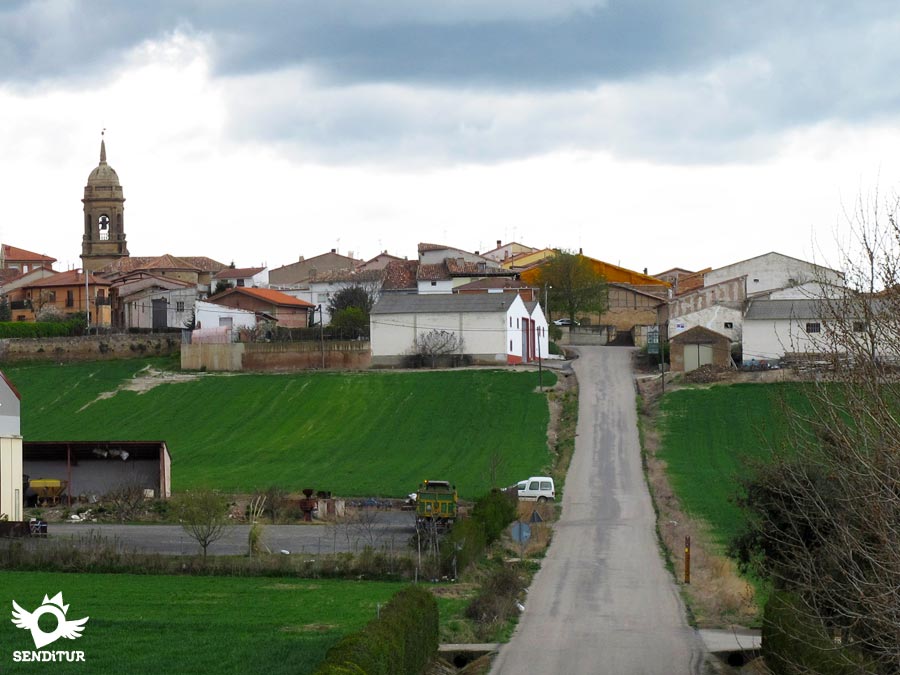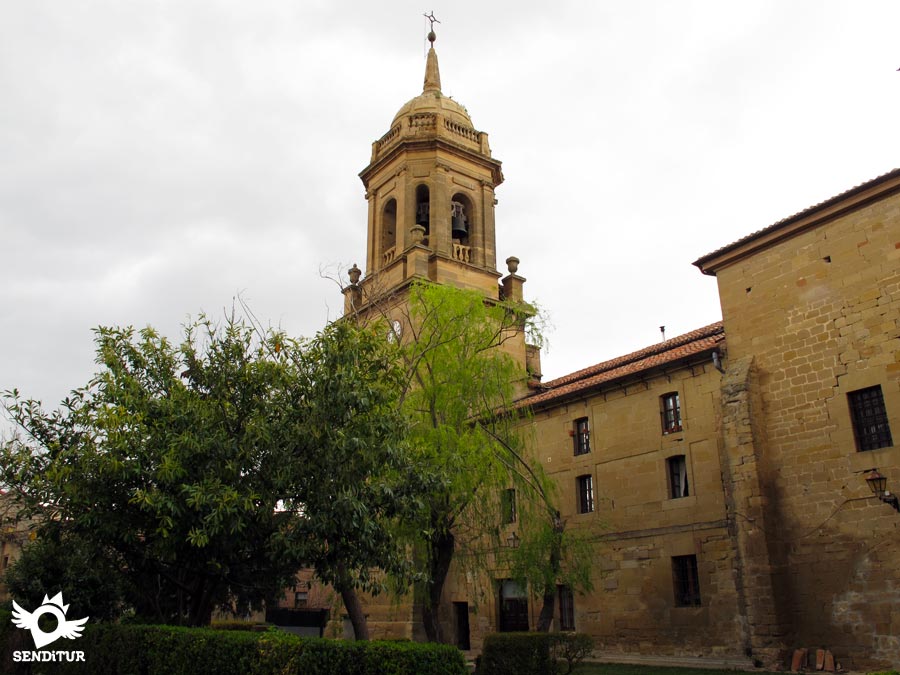It is located in the extreme northwest of La Rioja, on the border with the province of Burgos. Its two areas, a wooded area with steeper slopes and the other softer and flatter, make up its landscape. Documents tell us that the origin of Grañón is linked to the construction of the castle on Mirabel hill back in the 9th century, and that it would form part of a defensive line along with nearby castles such as Pazuengos, Cellórigo or Bilibio, against the Muslims who were trying to cross into Asturian-Leon territory.

It was a walled town and the boundary between the kingdoms of Navarre, Nájera and León. This situation made it take part in its territorial struggles. In the 10th and 11th centuries it was mentioned in various documents of donations to different monasteries. In the twelfth century and after mediation by the English King Henry II between the King of Navarre and the King of Castile, it was definitively left for the Castilians.
The village grew around the Monastery of San Juan, its church has become the parish church of the village. When you arrive in Grañón and stroll through the oldest streets and squares of the village, you see that the houses have two floors and that some of them keep the coats of arms of the families to which they belonged on their façades, some of them are from the 16th and 17th centuries. The oldest square is the Plaza de la Iglesia, from the 17th century. In Las Cercas street there are two washing places, the one at the end of the street is probably from the 18th century.

The hermitage of the Jews was erected in a plateresque style transept, which was covered with arches, located at the exit of the village. It is kept closed to the public throughout the year and only opens on Good Friday, because this is where the route of the Way of the Cross begins, which leads to the hermitage of Carrasquedo. The latter hermitage is located about 2 km from the village and in a bucolic forest environment, is reached through a pleasant walk.
The patron saint of the village is the Virgen de Carrasquedo and it is celebrated on 25 March and that of its patron saint, San Juan Bautista, on 24 June.
On the 1st of May and with dancers, the Virgin is moved in procession to the parish church. The month of August commemorates the triumph of Martin Garcia in the fight against Santo Domingo, for La Dehesa. A caparronada and an offering of flowers are made.

Also in August, at the end of the year, the Fiesta de Gracias (Thanksgiving Festival) is celebrated with a meal in which the potatoes in the Grañón style are tasted in which the whole village participates, and in the church of San Juan Bautista episodes of the history of the village are recalled, linked to the Pilgrim's Way to Santiago, with a light and sound show as the final touch.
Monte Carrasquedo, to the south of the municipality, is a natural wooded area with few slopes. Among pines, oaks and rebollos, next to the chapel of Carrasquedo we can see a single specimen of fir native to Spain, typical of the southeast of the peninsula of the species Abies Pinsapo. Grañón had historical disputes with Santo Domingo de La Calzada over land called La Dehesa. The one from Grañón, Martín García, in a programmed fight to decide who stayed with the place, defeated the one from Santo Domingo, thus winning the land for his people. In the supposed place of the fight, the so-called Cruz de los Valientes (Cross of the Brave) was erected in memory of the fight.
Grañón can be reached by taking the LR-323, which leads to the town from the A-12 and N-120 dual carriageways that link Logroño with Burgos, either directly or from the outskirts of Santo Domingo, passing through the neighbouring towns of Corporales and Morales. We also arrive at Grañón following the LR-411 from the town of Villarta, a minor local entity of the nearby Quintanar de Rioja.
In Grañón there is a daily bus service that makes the journey Logroño-Burgos, the stops in Grañón are on the N-120 on the outskirts of the village, in some booths or stops next to the road.
SENDITUR is not responsible for any variation in the information described, as well as for the misuse of its guides and recommends that everyone be responsible and prudent in carrying out the activity. Likewise, we invite you to document yourself with books and specialized guides to complement the information described. From the commitment of SENDITUR with Nature and the respect to the balance of the environment, SENDITUR urges you to travel in a responsible way, with low environmental impact and respecting at all times the Natural, Cultural and Social environment wherever you go. For any suggestion, SENDITUR invites you to send an email to .
Continue watching …